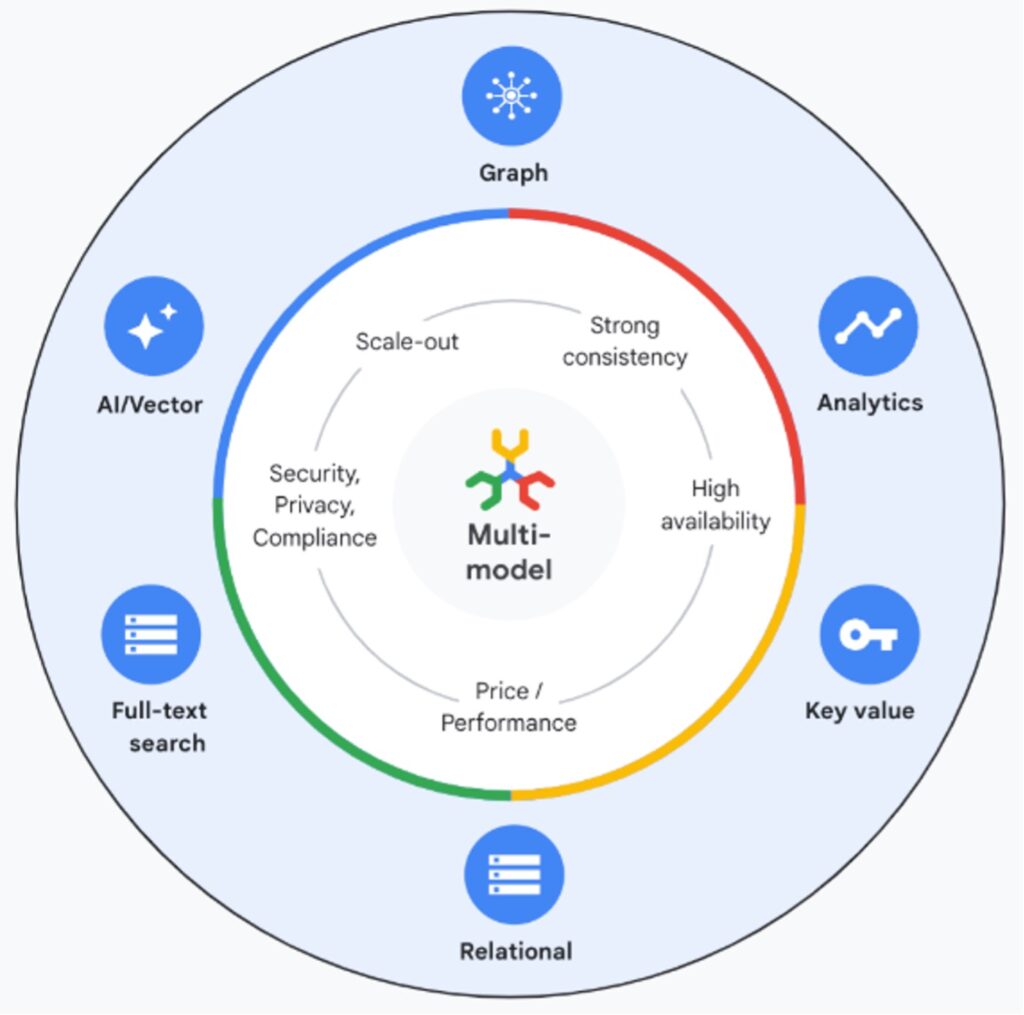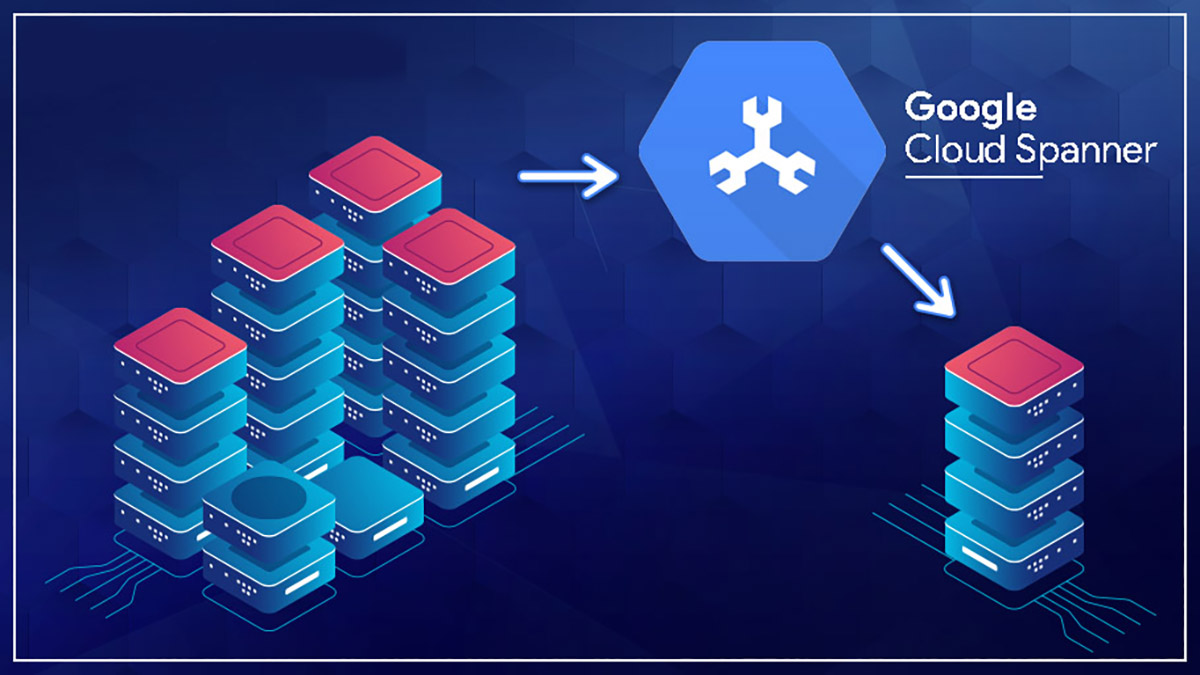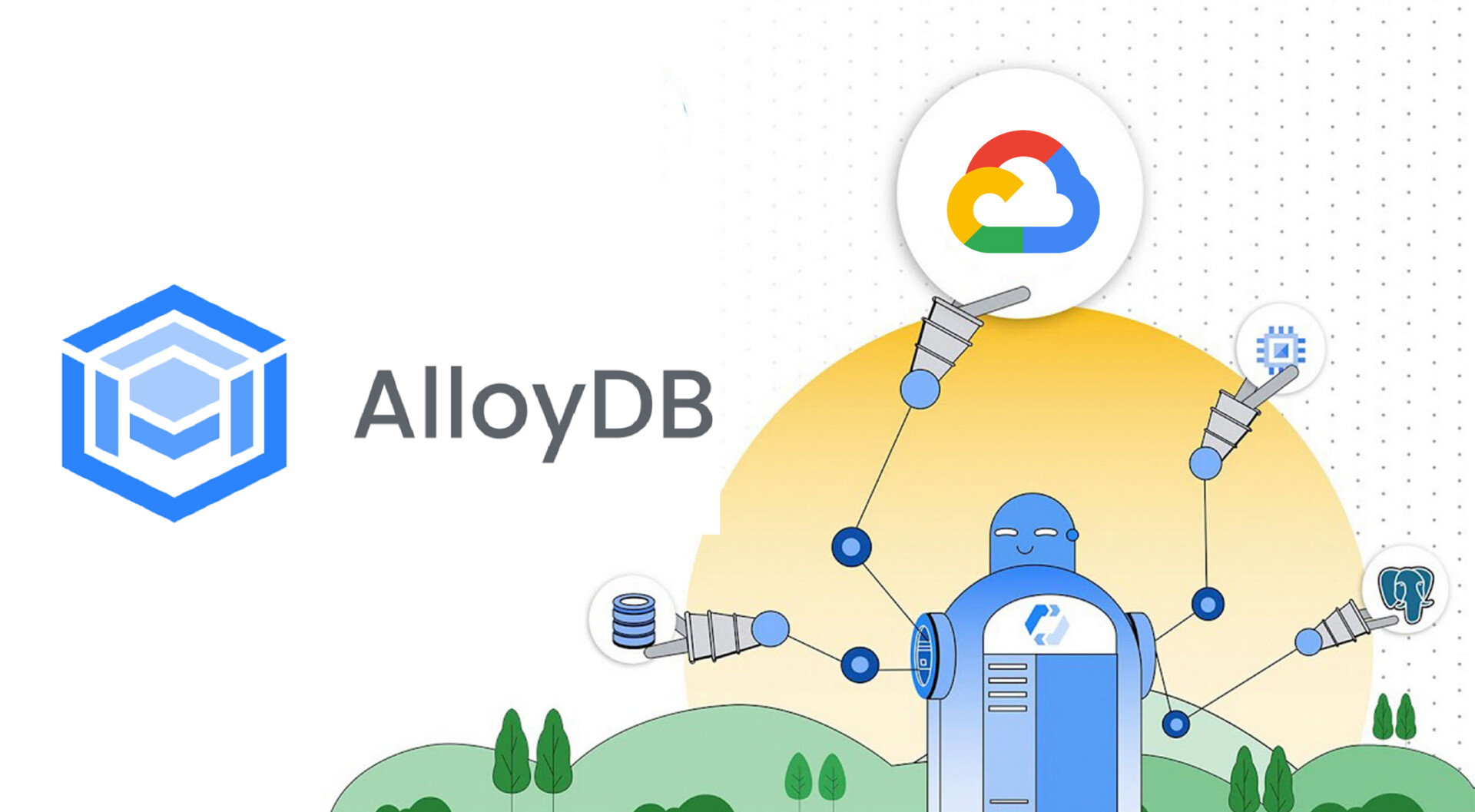Modern businesses rely on applications that demand high performance, scalability, and availability from underlying databases. This article examines Google Cloud Spanner, exploring how its architecture and features effectively address common database challenges, such as scalability, availability, and consistency, while providing additional benefits that make it a suitable choice for demanding applications.
Scalability: Handling Growing Data and User Demands
Horizontal Scalability
Traditional relational databases often struggle with horizontal scalability, relying on vertical scaling (using a larger machine) which can be costly and have limitations. Spanner’s architecture, on the other hand, allows for horizontal scalability, meaning it can handle massive amounts of data and transactions by adding more machines to the system. This is achieved by decoupling compute resources from data storage, allowing processing resources to be scaled transparently. Each added compute capacity can process both reads and writes, enabling effortless horizontal scalability.
Automatic Sharding
Another crucial aspect of Spanner’s scalability is its automatic database sharding. Sharding involves distributing data across multiple physical nodes, which can significantly enhance performance, particularly for read operations. Spanner automatically manages sharding, optimizing data distribution for performance and availability. This eliminates the need for manual resharding as your database grows, and it allows you to scale up or down without interruptions.
Availability: Ensuring Uninterrupted Access to Data
High Availability SLA
Spanner is designed with high availability as a core principle. It offers an industry-leading 99.999% availability SLA, ensuring that your data is accessible even in the event of failures. It achieves this through synchronous replication and automated maintenance.
Redundancy and Fault Tolerance
Spanner replicates data across multiple regions using a synchronous, Paxos-based scheme. This ensures that if one region experiences an outage, another region can take over seamlessly, minimizing downtime. Additionally, Spanner’s regional and multi-region instance configurations offer further protection. Regional configurations provide four nines of availability, while multi-region configurations boast five nines of availability. This redundancy makes Spanner a suitable solution for applications that cannot tolerate any downtime.

Consistency: Maintaining Data Integrity
Strong Transactional Consistency
Consistency is a critical database characteristic, ensuring that all users see the same data, regardless of where they access it. Spanner stands out by providing strong transactional consistency across its distributed database. This is crucial for applications that require data accuracy and integrity, such as financial systems or e-commerce platforms.
ACID Transactions
Spanner’s commitment to consistency is further emphasized by its support for ACID transactions across partitions. ACID (Atomicity, Consistency, Isolation, Durability) properties guarantee that transactions are processed reliably and maintain data integrity, even in a distributed environment.
TrueTime Technology
Spanner utilizes a distributed clock called TrueTime to ensure strong consistency, even across regions. TrueTime assigns globally consistent timestamps to transactions, eliminating the risk of data conflicts that can arise in distributed systems. This technology allows Spanner to provide external consistency, a stronger form of consistency than is typically found in distributed databases.
Beyond Scalability, Availability, and Consistency
Multi-Model Capabilities
Spanner excels not just in addressing the traditional challenges of scalability, availability, and consistency, but also in offering a multi-model database experience. It supports relational, key-value, graph, and vector search workloads within a single database. This versatility eliminates the need to manage multiple, separate databases, simplifying the architecture and development process.
Simplified Management
As a fully managed service, Spanner minimizes operational overhead. It automates tasks such as sharding, replication, backups, and maintenance, freeing your team to focus on application development rather than database management. This simplified management contributes to lower Total Cost of Ownership (TCO) compared to self-managed database solutions.
Rich Feature Set
Spanner offers a rich feature set that further enhances its capabilities. These features include:
- Spanner Graph: Supports graph processing using the ISO Graph Query Language (GQL), enabling exploration of relationships and connections within your data.
- Vector Search: Provides scalable vector search capabilities, allowing for similarity searches within your data.
- Full-Text Search: Offers robust text search functionality, powered by learnings from Google Search.
- PostgreSQL Interface: Enables the use of familiar PostgreSQL tools and skills with Spanner.
- Geo-Partitioning: Improves latency for globally distributed users by partitioning table data across the globe.
Security and Compliance
Spanner provides robust security measures to protect your valuable data. It supports:
- Customer-managed encryption keys (CMEK) for granular control over encryption.
- Data-layer encryption to protect data at rest.
- IAM integration for fine-grained access control and auditing.
- Comprehensive audit logging to track all database activity.
It also supports features like VPC-SC, Access Transparency, and Access Approval to meet specific security and compliance requirements.
Conclusion
Google Cloud Spanner presents a powerful solution to common database challenges. Its innovative architecture, combined with advanced features and a commitment to consistency, makes it a valuable tool for organizations that need to handle massive amounts of data while ensuring high availability and data integrity. Whether for global applications, real-time analytics, or mission-critical workloads, Spanner offers the scalability, reliability, and consistency that modern businesses demand.
Sources:







